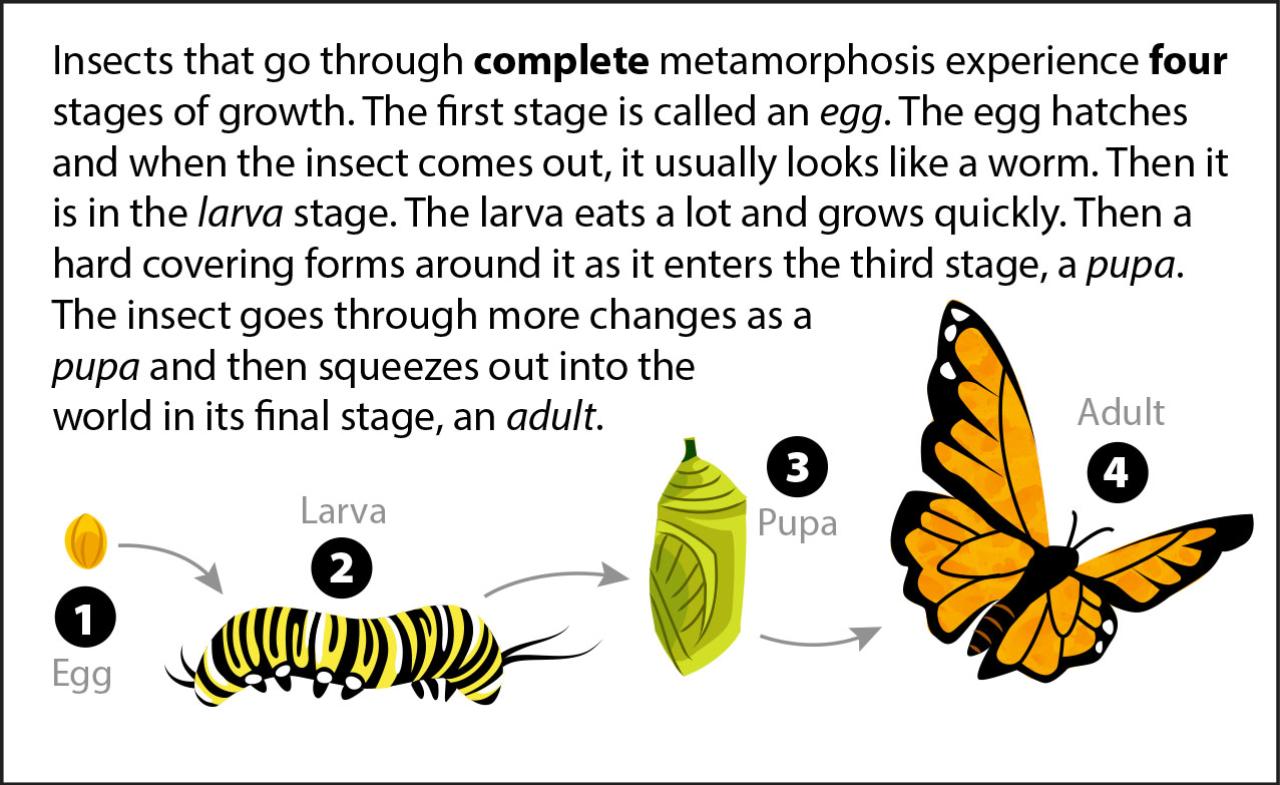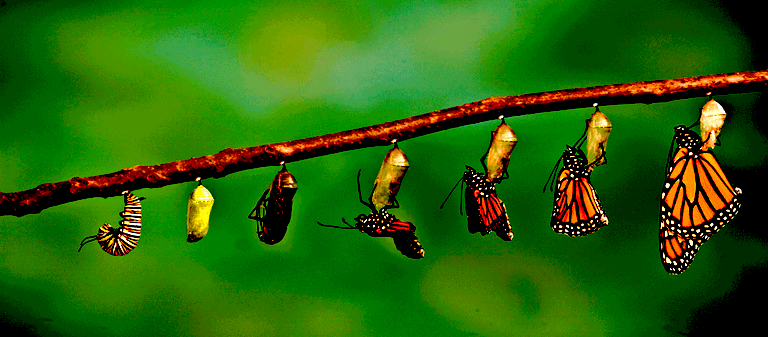

The caterpillar type larva is also called polypod or eruciform larvae (Fig.
#METAMORPHOSIS SKIN#
The larvae are characterised by without abdominal appendages except cerci and the skin of the body is thick, provided with thoracic legs and sense organs. The larvae among beetles are also called campodeiform or oligopod larvae for the resemblance to apterous Campodea (Order Thysanura). After sometime the larva is transformed into a stage, called pupa.Īgain, these above mentioned larvae are also included under three categories, such as the maggot is called apodous larva for the absence of appendages on thorax and abdomen and segmented body with a small head with sense organs. These larvae eat voraciously and grow rapidly with several moultings. The caterpillars are often with protective colour or defensively shaped. The abdomen possesses four or five pairs of un-jointed, short abdominal legs or also called pseudo-legs or prolegs. In the moths and butterflies (Order Lepidoptera), the larva is known as Caterpillar, which possesses a distinct head with powerful mandibles and three pairs of jointed thoracic legs. The body of the grub is thick and with thoracic legs and well-developed head. In case of beetle (Order Coleoptera) the larva is known as grub. The head is indistinct and with a pair of oral lobes and hooks. In the house-fly (order Diptera) the larva is worm-like and devoid of appendages. Complete metamorphosis takes place in beetles, caddis- flies, butterflies, moths, mosquitoes, flies, bees and wasps (Fig. (4) Complete Metamorphosis or Holometabolous Development:Ĭomplete metamorphosis or holometabolous development is a kind of rapid morphological change during post embryonic transformation in some forms of insects where larva has no similarity with the adult and there is always a pupal stage. Nearly 87% of known insects develop through this cycle which involves two changes of form-one is from egg to caterpillar and the other from caterpillar to pupa and the adult.

This climax of double life has been attained through a cycle of egg → larva → pupa adult larva existing in an altogether different environment than the adult. These nymphs lead an independent life and attain adult form through several moults. The external genitalia develop gradually at each moult. The wings develop as wing pads in the second and third thoracic segments at early age and gradually increase in size by mitosis in each moult. Here the newly young which comes out of egg closely resembles the adult in general body form, habits and habitat but many adult features, i.e., wings and reproductive organs are undeveloped and their relative proportions of the body also differ. This type of metamorphosis is seen in less primitive forms like cockroaches, grasshoppers (Fig. (2) Gradual Metamorphosis or Paurometabolous Development: 18.134 and spring tails or Collembola, etc.). This type of development is seen in apterygotan (wingless) insects (e.g., Lepisma, Fig. In nymph the reproductive organs are undeveloped, and after several moults the nymph becomes an adult. The young which emerges from the egg resembles a miniature adult, called nymph. It grows only in size by replacing its old skin through a process, called moulting. Here the young’s emerge from the eggs resemble the adults in all respects except in size and sexual structures.

(1) Ametabolous Development or Direct Development:Īmetabolous type of development is called when the insects undergo little or no metamorphosis. (5) Hypermetamorphosis or Hypermetabolous development. (4) Complete metamorphosis or Holometabolous development and (3) Incomplete metamorphosis or Hemimetabolous development (2) Gradual metamorphosis or Paurometabolous development


 0 kommentar(er)
0 kommentar(er)
